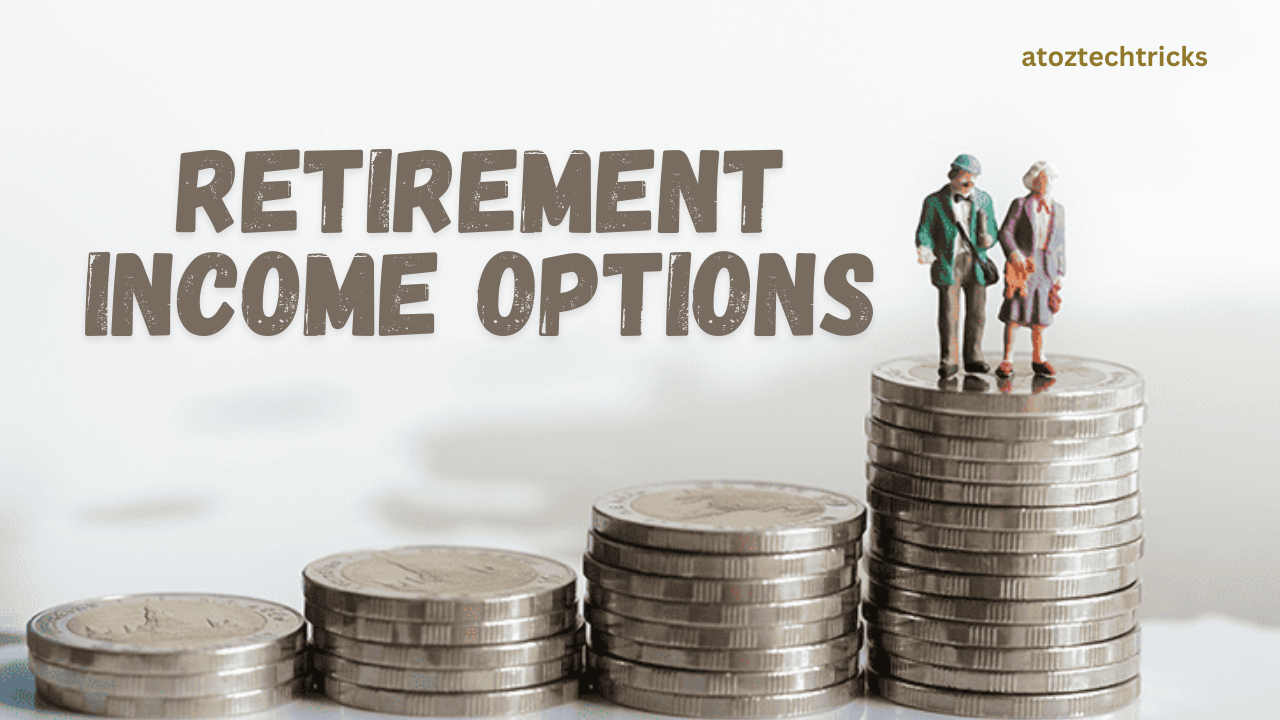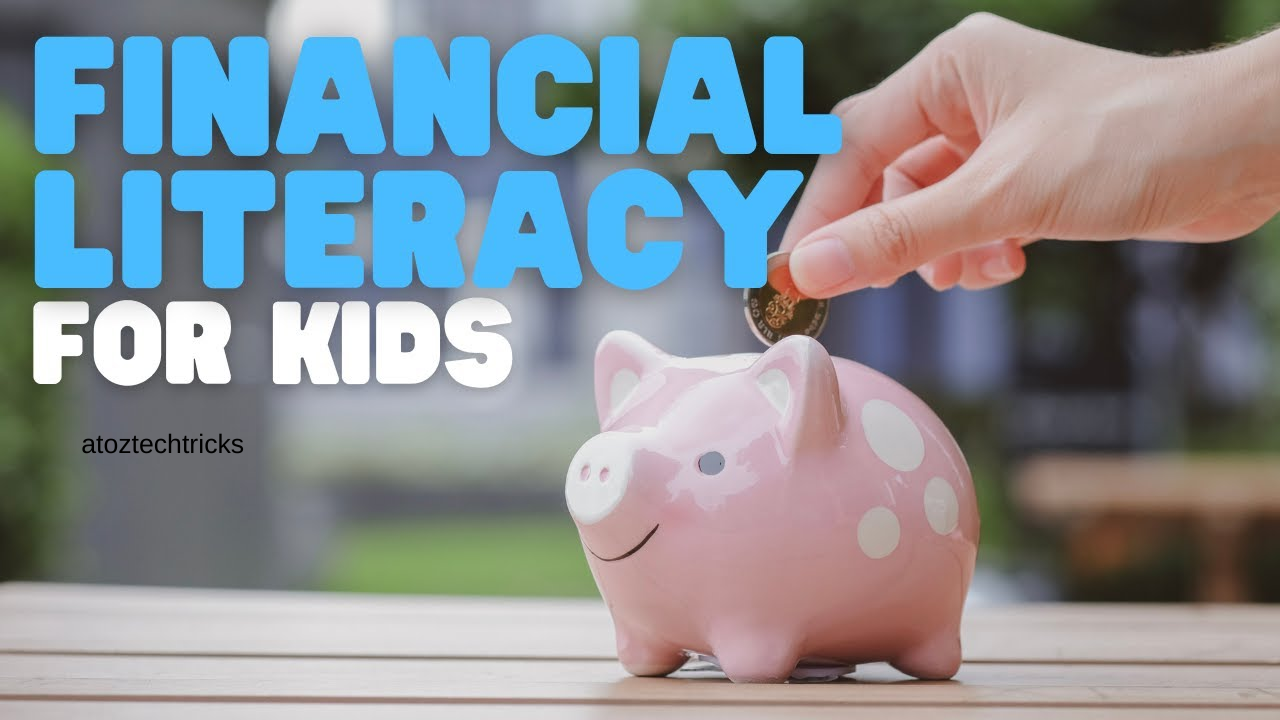Investing for Retirement: A Comprehensive Guide
Investing for retirement is a critical financial endeavour that requires careful planning and disciplined execution. The sooner you start, the better positioned you’ll be to enjoy a comfortable and secure retirement. But with so many investment options available, navigating the complexities can be daunting. This guide will help you understand the fundamentals of retirement investing, different investment vehicles, strategies for various life stages, and how to avoid common pitfalls.
Why Retirement Investing Is Important
The primary goal of retirement investing is to build a financial safety net that allows you to maintain your standard of living when you’re no longer earning a regular income. With increasing life expectancies and the rising cost of living, solely relying on pensions or social security may not suffice. By investing strategically, you can grow your wealth, hedge against inflation, and ensure that you have enough resources to last throughout your retirement years.
Setting Retirement Goals
Determine Your Retirement Age
One of the first steps in retirement planning is to determine when you want to retire. This will influence how aggressively you need to save and invest. A person retiring at 55 will need to save more than someone retiring at 67, as their savings must last longer.
Estimate Your Retirement Expenses
Next, you’ll need to estimate your future living expenses. Consider housing, healthcare, travel, hobbies, and any other costs you expect to incur during retirement. Don’t forget to account for inflation—what costs $1,000 today might cost much more in 20 years.
Calculate Your Retirement Income
Consider all potential income sources during retirement, including social security, pensions, rental income, and part-time work. Then, determine the gap between your expected income and estimated expenses. This gap is what your investments need to cover.
Retirement Income Options: A Comprehensive Guide to Securing Your Financial Future
Understanding Retirement Accounts
There are several types of retirement accounts, each with its benefits and drawbacks. Understanding these options is crucial for effective retirement planning.
401(k) Plans
A 401(k) is an employer-sponsored retirement plan that allows you to contribute a portion of your salary pre-tax, meaning you don’t pay taxes on the money until you withdraw it during retirement. Many employers offer a matching contribution, which is essentially free money. The key advantages of a 401(k) are the tax benefits and the potential for employer contributions. However, early withdrawals (before age 59½) can incur penalties and taxes.
Individual Retirement Accounts (IRAs)
An IRA is a tax-advantaged retirement account that you can open independently. There are two main types of IRAs: Traditional and Roth.
- Traditional IRA: Contributions are tax-deductible, and taxes are deferred until you withdraw the money during retirement. This can be beneficial if you expect to be in a lower tax bracket after retiring.
- Roth IRA: Contributions are made with after-tax dollars, but withdrawals during retirement are tax-free. This can be advantageous if you expect to be in a higher tax bracket in the future or if you want to avoid required minimum distributions (RMDs).
Roth 401(k) Plans
Some employers offer a Roth 401(k) plan, which combines features of a 401(k) and a Roth IRA. Contributions are made with after-tax dollars, but qualified withdrawals during retirement are tax-free. This option is ideal for those who want to diversify their tax exposure in retirement.
Simplified Employee Pension (SEP) IRA
A SEP IRA is designed for self-employed individuals and small business owners. It allows for higher contribution limits compared to a Traditional IRA, and contributions are tax-deductible. This plan is an excellent option for those who want to maximize their retirement savings while minimizing their tax burden.
Health Savings Accounts (HSAs)
While primarily designed to cover medical expenses, HSAs can also serve as a valuable retirement savings tool. Contributions are tax-deductible and grow tax-free, and withdrawals for qualified medical expenses are also tax-free. After age 65, you can withdraw funds for any purpose without penalty, although non-medical withdrawals will be taxed as ordinary income.

Investment Options for Retirement
Once you’ve chosen the right retirement accounts, the next step is to decide how to invest your funds. The investment strategy you choose will depend on your risk tolerance, time horizon, and retirement goals.
Stocks
Stocks represent ownership in a company and offer the potential for high returns. Historically, stocks have outperformed other asset classes over the long term. However, they also come with higher volatility and risk. Younger investors with a longer time horizon can afford to take on more stock exposure, while those nearing retirement may want to reduce their stock allocation to minimize risk.
Bonds
Bonds are debt securities issued by governments, municipalities, or corporations. They pay periodic interest and return the principal amount at maturity. Bonds are generally considered safer than stocks, but they offer lower returns. They can be an excellent way to preserve capital and generate income, especially for those closer to retirement.
Mutual Funds and ETFs
Mutual funds and exchange-traded funds (ETFs) allow you to pool your money with other investors to purchase a diversified portfolio of stocks, bonds, or other securities. They offer instant diversification and professional management, making them a popular choice for retirement accounts. Index funds, a type of mutual fund or ETF, aim to replicate the performance of a specific market index, offering broad market exposure at a low cost.
Real Estate
Real estate can be a valuable addition to a retirement portfolio, providing both income and potential appreciation. Investing in rental properties can generate steady cash flow, while Real Estate Investment Trusts (REITs) offer exposure to real estate without the hassle of property management. However, real estate can be illiquid and may require substantial capital upfront.
Annuities
Annuities are insurance products that provide a guaranteed income stream in retirement. They come in various forms, including fixed, variable, and indexed annuities. While annuities can offer peace of mind with guaranteed income, they often come with high fees and may not keep pace with inflation. They are generally more suitable for risk-averse individuals seeking stability.
Planning for Early Retirement: A Comprehensive Guide to Achieving Financial Independence
Diversification and Risk Management
Diversification is the practice of spreading your investments across different asset classes to reduce risk. A well-diversified portfolio is less likely to experience significant losses because when one asset class underperforms, another may perform well, offsetting the impact.
Asset Allocation
Asset allocation refers to the mix of stocks, bonds, and other assets in your portfolio. The right allocation depends on your age, risk tolerance, and retirement goals. Younger investors might favour a higher allocation to stocks for growth potential, while older investors might prefer a higher allocation to bonds for stability.
Rebalancing
Over time, your portfolio’s asset allocation may drift from its target due to market movements. Rebalancing involves adjusting your portfolio back to its original allocation. For example, if your stock allocation has increased due to market gains, you might sell some stocks and buy bonds to restore balance. Regular rebalancing helps manage risk and ensures your portfolio remains aligned with your goals.
Retirement Investment Strategies for Different Life Stages
Your retirement investment strategy should evolve as you move through different stages of life.
In Your 20s and 30s: Focus on Growth
During your early working years, you have the advantage of time. You can afford to take on more risk, which means a higher allocation to stocks is appropriate. Consider contributing to a Roth IRA if you expect your income and tax rate to increase in the future. This is also a good time to take full advantage of any employer match on your 401(k).
In Your 40s: Start Balancing Growth and Security
As you enter your 40s, it’s time to start thinking about balancing growth with security. While you should still have a significant allocation to stocks, consider increasing your exposure to bonds and other fixed-income investments. This is also a good time to review your retirement goals and make sure you’re on track.
In Your 50s: Prepare for the Transition
In your 50s, retirement is on the horizon. Your focus should shift towards preserving the wealth you’ve accumulated. Increase your bond allocation to reduce risk, and consider purchasing an annuity for guaranteed income. This is also the time to catch up on any retirement savings if you’ve fallen behind, as the IRS allows for catch-up contributions to retirement accounts for individuals aged 50 and older.
In Your 60s and Beyond Secure Your Income
Once you’re in your 60s, you should be focused on securing your income for retirement. Your portfolio should be heavily weighted towards bonds, annuities, and other low-risk investments. However, maintaining some exposure to stocks is important to protect against inflation. It’s also time to start planning your withdrawals and understanding the required minimum distributions (RMDs) from your retirement accounts.

Common Retirement Investing Mistakes to Avoid
Investing for retirement can be complex, and even small mistakes can have significant consequences. Here are some common pitfalls to avoid:
Not Starting Early Enough
One of the most significant mistakes is delaying retirement savings. The power of compound interest means that the sooner you start saving, the more time your money has to grow. Even small contributions made early in your career can result in substantial growth over time.
Ignoring Inflation
Inflation erodes purchasing power over time, so it’s crucial to invest in assets that have the potential to outpace inflation. Relying too heavily on low-yield, fixed-income investments can leave you vulnerable to inflation risk.
Failing to Diversify
Putting all your eggs in one basket is risky. A lack of diversification can expose your portfolio to unnecessary volatility. Ensure your investments are spread across various asset classes, sectors, and geographic regions.
Not Rebalancing
Failing to rebalance your portfolio regularly can lead to unintended risk exposure. Market movements can cause your asset allocation to drift, so it’s essential to review and adjust your portfolio periodically.
Withdrawing Too Early
Early withdrawals from retirement accounts can result in penalties, taxes, and a reduced nest egg. Avoid tapping into your retirement savings unless necessary.
Underestimating Healthcare Costs
Healthcare is one of the largest expenses in retirement. Failing to plan for these costs can quickly deplete your savings. Consider long-term care insurance or a Health Savings Account (HSA) as part of your retirement strategy.
Adjusting Your Retirement Plan
Life is full of surprises, and your retirement plan should be flexible enough to adapt to changes in your circumstances. Regularly review your plan and make adjustments as needed.
Major Life Events
Major life events such as marriage, divorce, the birth of a child, or the death of a spouse can significantly impact your retirement plan. Reevaluate your goals, savings rate, and investment strategy to ensure they align with your new situation.
Changes in Income or Expenses
If your income increases, consider boosting your retirement contributions. Conversely, if you experience a loss of income or a significant increase in expenses, you may need to adjust your savings rate or retirement goals.
Market Fluctuations
Market volatility is inevitable, but it’s essential to stay the course. Avoid making impulsive decisions based on short-term market movements. Instead, focus on your long-term goals and adjust your portfolio only when necessary.
Planning for Longevity
With advancements in healthcare, many people are living longer, which means your retirement savings may need to last 20, 30, or even 40 years. Planning for longevity is crucial to avoid outliving your money.
Social Security and Pension Benefits
Understand your social security benefits and the best time to start claiming them. Delaying benefits until age 70 can result in a higher monthly payout. If you have a pension, know the payout options and choose the one that best fits your retirement needs.
Creating a Withdrawal Strategy
A well-thought-out withdrawal strategy is essential for ensuring your retirement savings last. The 4% rule is a popular guideline, suggesting that you withdraw 4% of your retirement savings each year. However, this may not be suitable for everyone. Consider factors such as your asset allocation, expected lifespan, and retirement goals when creating a withdrawal strategy.
Considering Long-Term Care
Long-term care can be expensive, and it’s a cost that many retirees overlook. Consider purchasing long-term care insurance or setting aside a portion of your savings to cover these potential expenses.
Mastering Personal Budgeting: Tips and Strategies to Take Control of Your Finances
The Role of a Financial Advisor
Investing for retirement can be complicated, and it’s okay to seek professional help. A financial advisor can provide personalized guidance, help you create a retirement plan, and assist with investment decisions. Look for a certified financial planner (CFP) or a fiduciary advisor who is legally obligated to act in your best interest.
Investing for retirement is a journey that requires careful planning, discipline, and adaptability. By understanding your retirement goals, choosing the right investment accounts, diversifying your portfolio, and avoiding common mistakes, you can build a robust retirement plan that will support you throughout your golden years. Remember, it’s never too early—or too late—to start planning for a secure and comfortable retirement.





Post Comment